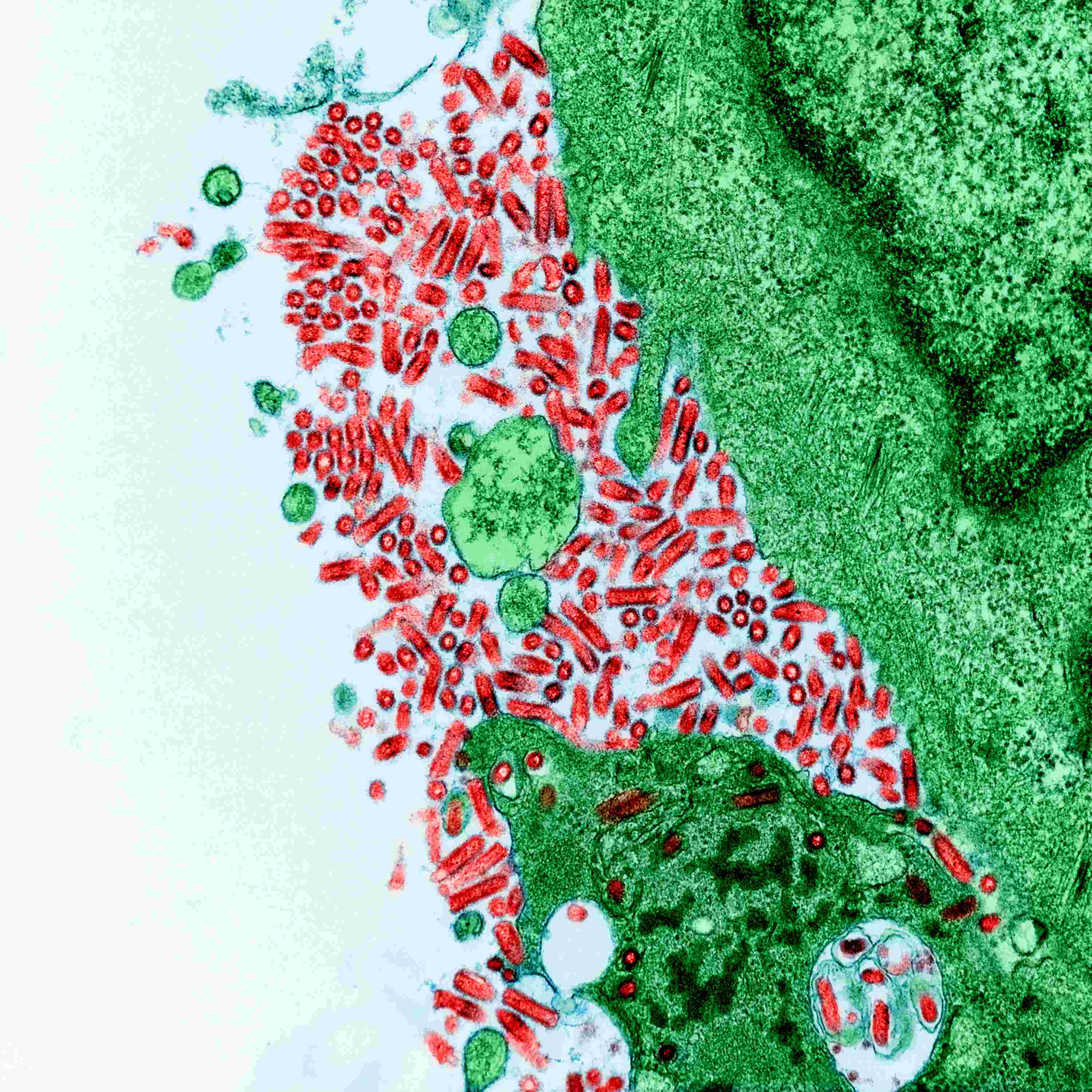

Rabies Lyssavirus: Virology, Pathogenesis, and Genomic Epidemiology
The source provides an extensive overview of Rabies lyssavirus (RABV), covering its molecular architecture, pathogenesis, and modern epidemiological tracking. It first describes the virus's taxonomy within the Lyssavirus genus, detailing the clinically critical Phylogroup I and the bullet-shaped structure of the virion, emphasizing the role of the Glycoprotein (G) in infectivity and the Nucleoprotein (N) and Phosphoprotein (P) in forming dynamic viral factories called Negri bodies. The text then addresses pathogenesis, explaining how the virus achieves neuroinvasion by hijacking host axonal transport and its sophisticated strategies for evading the interferon (IFN) system, primarily through the P protein. Finally, the source highlights the transformational impact of genomic epidemiology and Next-Generation Sequencing (NGS), illustrating how this technology is used to reconstruct global transmission pathways, analyze the role of reservoir hosts, and inform strategies for achieving the global goal of rabies elimination by 2030.